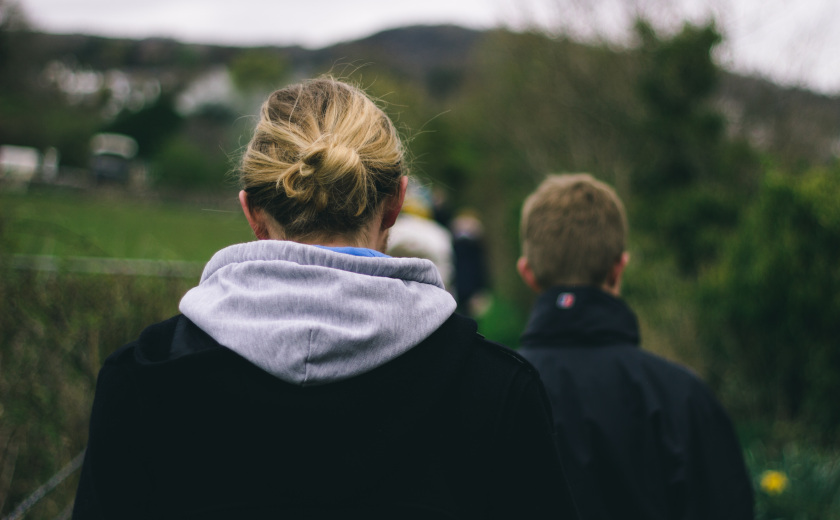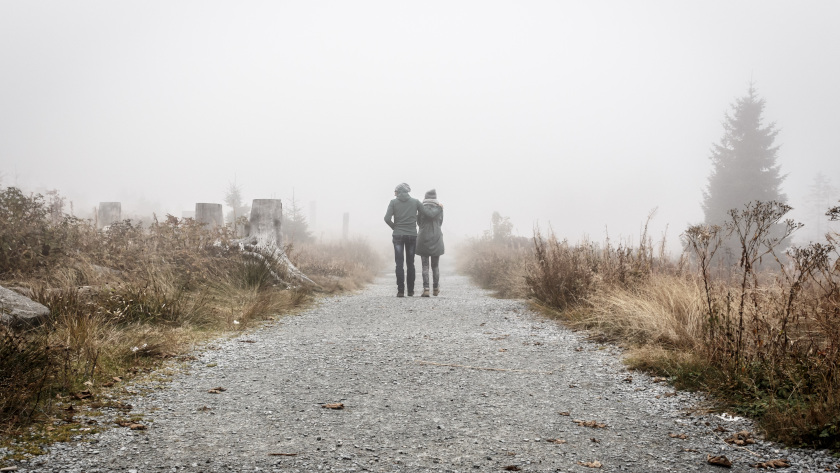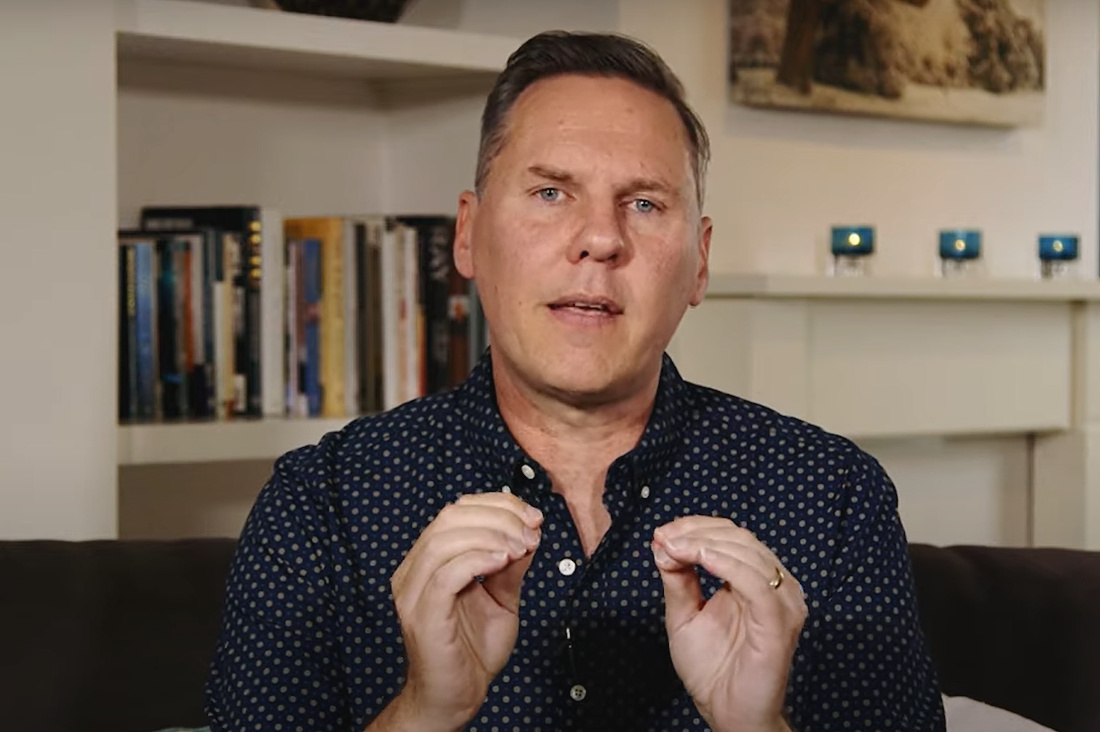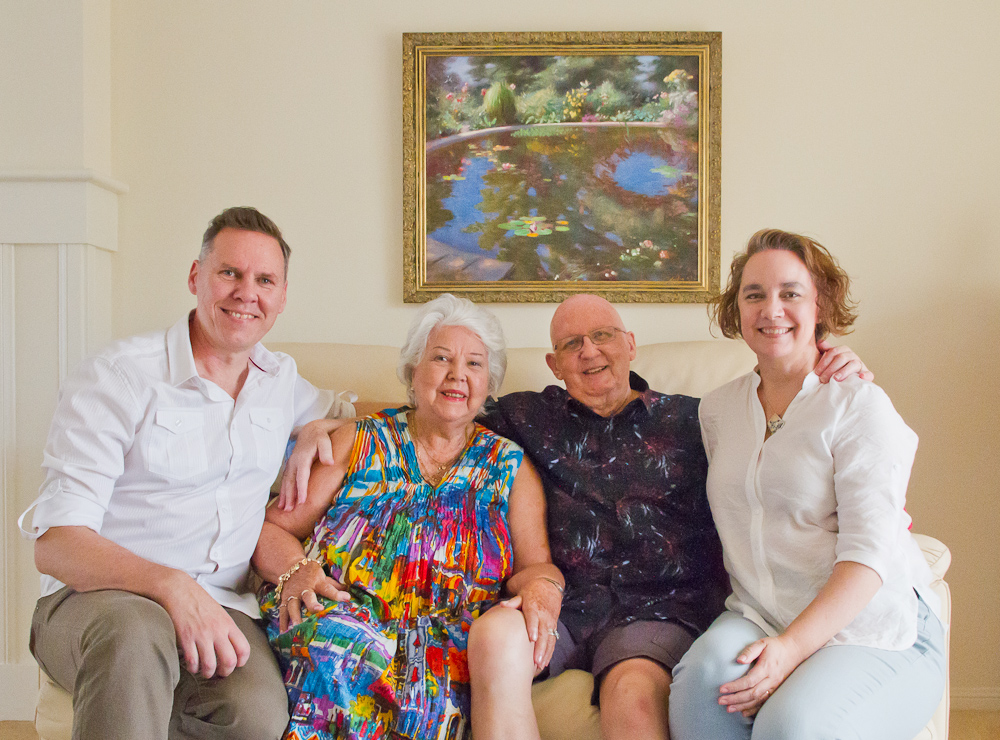Life has Three Journeys. The Second is the Hardest, But it Can Transform You
Photo by Luke Porter on Unsplash
In his insightful little book The Second Journey, Gerald O’Collins divides life into three phases. The first is from childhood to adulthood, the third from old age to death. In between is the ‘second journey’: a path of great restlessness, questioning and even disillusionment that can nonetheless transform us for good. Here’s an overview of the Second Journey and what can result when it’s travelled well.
The Three Journeys of Life
Photo by Sebastian Pichler on Unsplash
Journey One
The first journey is from birth to early adulthood, roughly to one’s mid-20s. This phase has numerous landmarks to navigate: moving from childhood to puberty, graduating from school or university, starting a career and perhaps getting married. This is a time of searching for our place in the world, of adjusting to and testing parental and societal norms, of finding a set of beliefs to live by, and finding what we do well.
In essence, the first journey is about:
- Defining meaning in life
- Fixing some values to live by
- Finding an identity
Journey Two
According to O’Collins, the second journey can begin anywhere from our mid-20’s into our 50s or even our 60s, as it isn’t so much a life stage as a response to some life-defining event. That event could be sickness or an accident, failure at work or in relationships, exile (leaving the place we’ve felt most at home, literally or figuratively), or just a general sense there must be ‘something more’ out there for us.
In short, the second journey is a time of:
- Feeling lost and disorientated
- Having the identities we established in Journey One lost or shaken
- Reevaluating the beliefs and values we’ve lived by
- Longing to make another start at life
Journey Three
Our final journey is from old age to death. Like the other phases, it has its crises but they are generally more predictable: becoming a grandparent, leaving full-time employment, perhaps moving into a retirement village or nursing home, maybe losing a spouse, winding down. The comfort of Journey Three is that many others are walking the same path (not necessarily true with Journey Two), and these people can become companions on the way.
Journey three then is about:
- Nearing one’s final destination
- Considering seriously (if one hasn’t already) what lies beyond death
- Finishing well
The Second Journey’s Potential

Photo by Lili Kovac on Unsplash
So, the Second Journey is about rethinking everything we’ve believed and trying to work out afresh who we are, what we believe and where we fit. As O’Collins’ notes, this can be a lonely, unsettling time full of tempting diversions to avoid its pain. But when journeyed well, it can also lead to the most transformative outcomes:
- Fresh meaning and purpose
- Regained equilibrium and stability
- New dreams and goals to live for
- Integration of our past experiences into the whole of our story
- A new sense of identity
- A new message to share with the world
Complete the Second Journey well and new wisdom and power can follow.
How to Navigate the Second Journey
 Photo by Jaromír Kavan on Unsplash
Photo by Jaromír Kavan on Unsplash
The strength of O’Collins’ slim book is its diagnosis of the Second Journey and the potential it holds. Any tips for navigating the terrain, however, must be deduced ourselves. Here are some I picked from between the lines:
- Be patient: O’Collins’ suggests it can take as much as 5 to 10 years to complete the journey, and while it may have started dramatically, it will probably end quietly as the issues are gradually resolved
- Be brave: We must face the Second Journey, not take the alluring detours and ‘counterfeit destinations’ we’ll be tempted with along the path – running away, abandoning serious commitments, hitting the bottle or other substance, or any other activity done to avoid the journey’s discomfort
- Be wise: There will be emotions to untangle, motivations to question, people to forgive. Prudence will be needed. While O’Collins’ doesn’t say it outright, good mentors, counsellors and soul friends will be needed
Let Me Add to That
I happened upon The Second Journey while I was preparing to write The Making of Us and soon saw some overlap. I was writing about my own Second Journey, for people still on theirs, and had seen fresh meaning, identity, and a new message emerge. While The Making of Us is a memoir, not a how-to book, and there’s much more to each chapter than what follows, here are a few idea’s I’d draw from it on treading the path well:
- Learn to listen to God, the foundation of all callings (chapter 1)
- Seek your worth in greater, not lesser, things (chapter 2)
- Walk towards uncertainty; good things lay beyond it (chapter 3)
- See your life as a forest walk, not a freeway, with multiple destinations (chapter 4)
- Think seriously about your funeral (chapter 5)
- Rediscover friendship as a sacred calling (chapter 6)
- Follow your scars to find your tribe (chapter 7)
- Realise that the gaps in your life can become channels for God’s power (chapter 8)
- Reassess your gifts (chapter 9)
- Marry your trial with your talent (chapter 10)
- Find a new rhythm of life (chapter 11)
And know that completing the Second Journey well will ultimately be the making of you.
Learn More
- The Second Journey (Amazon US / Amazon UK)
- The Making of Us releases on March 19. Pre-order now and get free bonus gifts
Talk to Me
What advice would you give to someone on the Second Journey? Tell me now in the comments below.







Jason Gor
Thanks for this summary. I feel like I’m on my fourth or fifth journey, which probably means I’m in the middle of my “Second Journey”. I think I’m relearning the basics of trusting God, and how to be vulnerable and courageous at the same time.